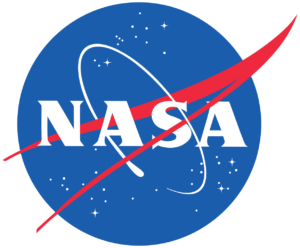
See All Free Lesson Library
Grade Level 3-8
Engineering
Stay In My Classroom
Build a safe habitat for astronauts on the Moon
The last time humans went to the Moon was in 1972 as part of NASA’s Apollo program. Now, we’re preparing to go back through the Artemis program. In 2022, NASA launched Artemis I, an uncrewed mission to test the rocket that’ll take us there. In 2024, Artemis II will be the first crewed mission of the program, targeted to perform a lunar flyby before returning to Earth. During later missions, astronauts will live and work on the surface of the Moon. But how will they survive?
Expand your science unit with our interactive Moon Base extension lesson. Students will experience principles of Human-Centered Design to create the layout for a Moon habitat based on astronauts’ needs.
Then, integrate our post-lesson language arts/writing, math, technology, and art activities.
While this lesson primarily focuses on engineering themes, it also integrates Earth and space science topics. This lesson and corresponding activities are designed to be used in both formal and informal education settings.
-
Analyze and interpret data
-
Engage in argument from evidence
-
Obtain, evaluate, and communicate information
-
Enhance scientific vocabulary
-
Approximate program time: 1 hour
-
Pre- and post-lesson activities available
-
Next Generation Science Standards (NGSS) aligned
-
Common Core State Standards (CCSS) aligned
In Partnership
Artemis World extension lessons are based upon work in partnership with Minecraft Education and NASA. Any opinions, findings, conclusions and/or recommendations expressed in this material are those of Challenger Center and do not necessarily reflect the views of Minecraft Education and/or NASA.

